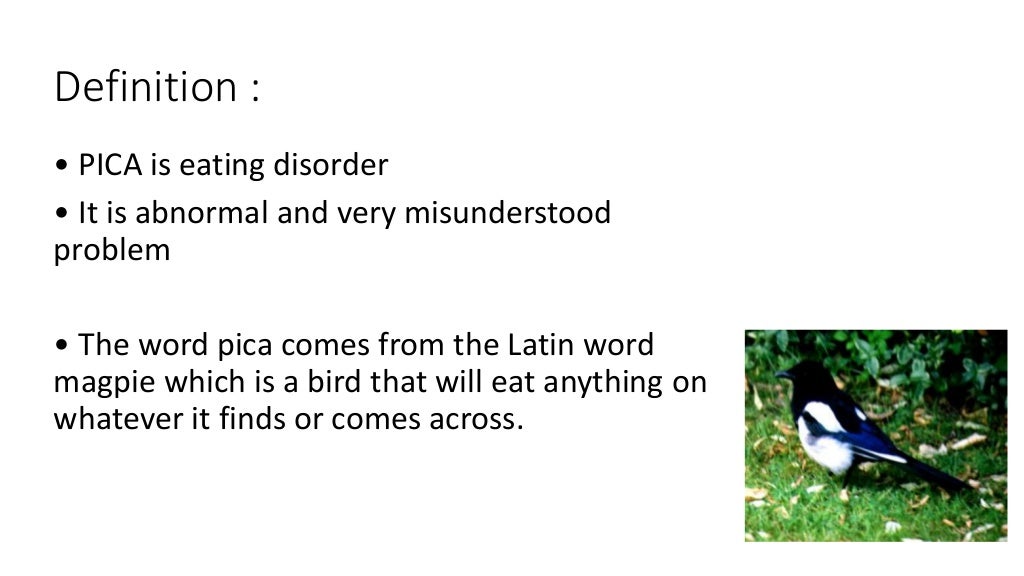
Unsure where to go from here as have tried chewing gum, sensory chew items and scented play doh? Unsure where to go from here. He does it when he is stressed, over excited and has even done it whilst he appears relaxed. Send your questions to My child engages in Pica and I had him tested for iron & other deficiencies which came back clear. Rastall will do her best to answer them each month. We welcome you to send us your questions and Dr. Emily Rastall, a clinical psychologist at Seattle Children’s Autism Center, will share insights in a question and answer format. Emily! We often receive questions that we want to share with all our readers. Ask your GP or social worker for a referral to a clinical psychologist or behavioural specialist for an assessment.Welcome to the December edition of Ask Dr.Request a mental health assessment to rule out mental health problems as the cause.Request a blood test from a GP to rule out iron and zinc deficiencies as the cause.Request a general health check from a GP to rule out medical problems as the cause.For example, if a person eats cigarette ends due to the strong taste, offer them strong tasting foods (e.g., marmite). Provide the adult or child with items that safely offer the same experience. Think about whether the activity is too long, difficult, or something the person doesn’t like. These can tell you that the person wants to end an activity or escape. Look for behaviours that tend to occur before the adult or child eats/drinks something inedible. In the longer term, teach a safe way of asking for it (e.g., sign for biscuit). For activity or itemĮnsure the adult or child can access their favourite activity/object without eating/drinking a harmful item.

In the longer term, teach a safe way of asking for attention (e.g., sign for help). It is vital to provide lots of positive attention when the person is not eating/drinking inedible objects. Ignore the behaviour (when safe) or prevent the adult or child from eating/drinking the object/liquid with the least possible attention. Once the cause(s) has been identified, these types of strategies can be tried: For attention How can pica and polydipsia be reduced or prevented?

Polydipsia involves the constant desire to drink any type of liquid (for example, bleach or toiletries) even if the individual is not thirsty. Pica refers to eating objects which are not suitable to be eaten, such as stones, faeces and clothing.

Resource – Understanding Challenging Behaviour: Part 1.Short video clips about challenging behaviour.Video resource: Challenging Behaviour – Supporting Change.Video resource: An introduction to challenging behaviour.Resource – Positive Behaviour Support Planning: Part 3.Resource – Finding the reasons for challenging behaviour: Part 2.What is challenging behaviour? Expand dropdown.Understanding challenging behaviour Expand dropdown.


 0 kommentar(er)
0 kommentar(er)
